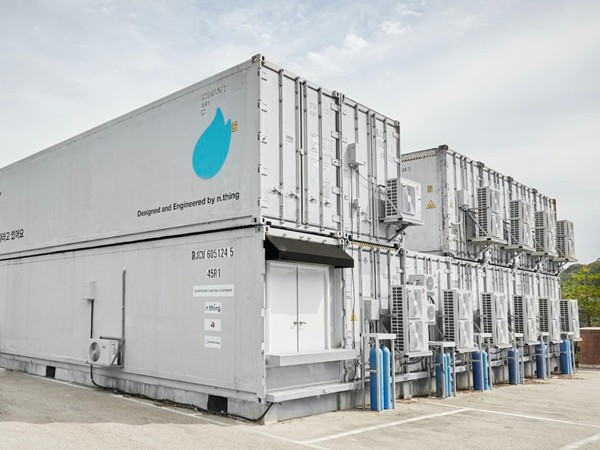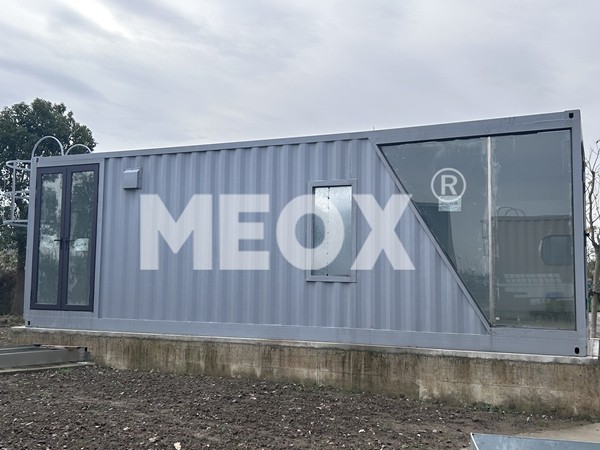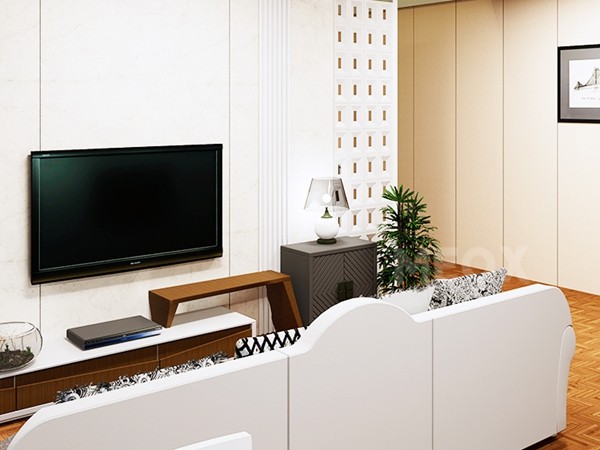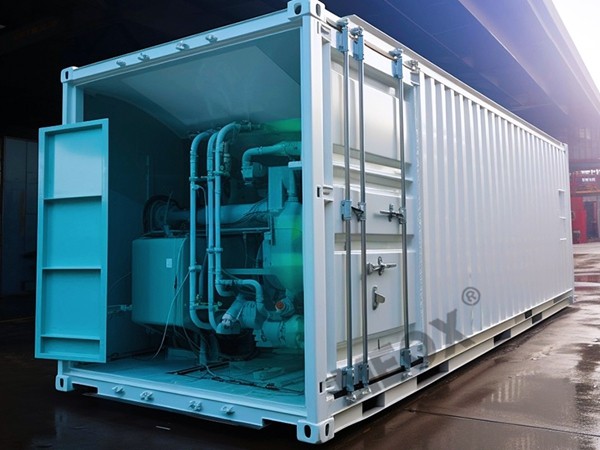Shipping containers have long been celebrated for their durability, affordability, and versatility, sparking a trend that sees them reimagined into innovative, sustainable spaces. One burgeoning concept is transforming these industrial marvels into fully functional kitchens. Not only is this an eco-friendly endeavor, but it also offers unmatched flexibility for culinary entrepreneurs and personal use. This exploration into shipping container kitchen ideas unveils a blend of creativity, practicality, and modern design.

Shipping container kitchens, or container kitchens, provide unique opportunities for culinary ventures such as pop-up restaurants, food trucks, and even home kitchens for those seeking an unconventional yet stylish solution. These repurposed structures capitalize on the sturdy and portable nature of containers, making them an attractive option for mobile or temporary installations. However, turning a shipping container into a kitchen involves more than simply outfitting it with appliances; it requires strategic planning and design ingenuity.
Firstly, understanding the container’s dimensions is crucial. Standard shipping containers come in two sizes 20-foot and 40-foot lengths, each offering different spatial benefits. A 20-foot container provides a compact space, ideal for tight urban locations, whereas a 40-foot container allows for more equipment and workspace, suitable for elaborate kitchen setups. The design plan must consider the layout’s balance, incorporating essential zones like cooking, prep, storage, and washing. Proper ergonomics and workspace flow enhance efficiency, critical for busy kitchens.

Ventilation and insulation are paramount. Insulating a metal container will prevent extreme temperatures, while proper ventilation systems ensure safety and comfort by expelling heat and smoke. Innovative solutions include adding roof vents, exhaust fans, and louvered windows, which not only improve functionality but also enhance the kitchen’s aesthetic.
Customization is the hallmark of shipping container kitchens. Interior design can adapt to any culinary need or personal style, from rustic and industrial to sleek and minimalistic. Using reclaimed materials for countertops and cabinetry reinforces the sustainable ethos of container homes. Additionally, installing energy-efficient appliances and utilizing solar panels can drastically reduce the environmental impact and operational costs, aligning the kitchen with green living standards.shipping container kitchen ideas
Incorporating natural light through strategically placed windows or even cutting larger openings for glass doors can transform a shipping container into an inviting space, making it suitable for both work and entertaining. Furthermore, adding exterior features like decks or patios expands the usable area, providing a seamless indoor-outdoor experience.
An often-overlooked aspect is compliance with local building codes and regulations. Navigating these legal frameworks can be daunting, but it’s essential to ensure the kitchen is safe and above board. Consulting with professionals experienced in non-traditional building projects can prevent costly mistakes and ensure all installations meet health and safety standards.
Finally, the rise in popularity of container kitchens has fueled a community of enthusiasts and professionals eager to share insights, experiences, and advice. Engaging with this community can provide invaluable tips, resources, and inspiration, establishing a network of support for both newcomers and seasoned experts in the field.
Shipping container kitchens represent a convergence of sustainability, practicality, and innovation. As the trend grows, it will continue to inspire new designs and uses, particularly as more individuals and businesses seek eco-friendly alternatives to traditional structures. By harnessing the robust nature of shipping containers and the endless possibilities of modern design, these kitchens are not just a nod to industrial chic but a testament to our capacity for creative adaptive reuse.






